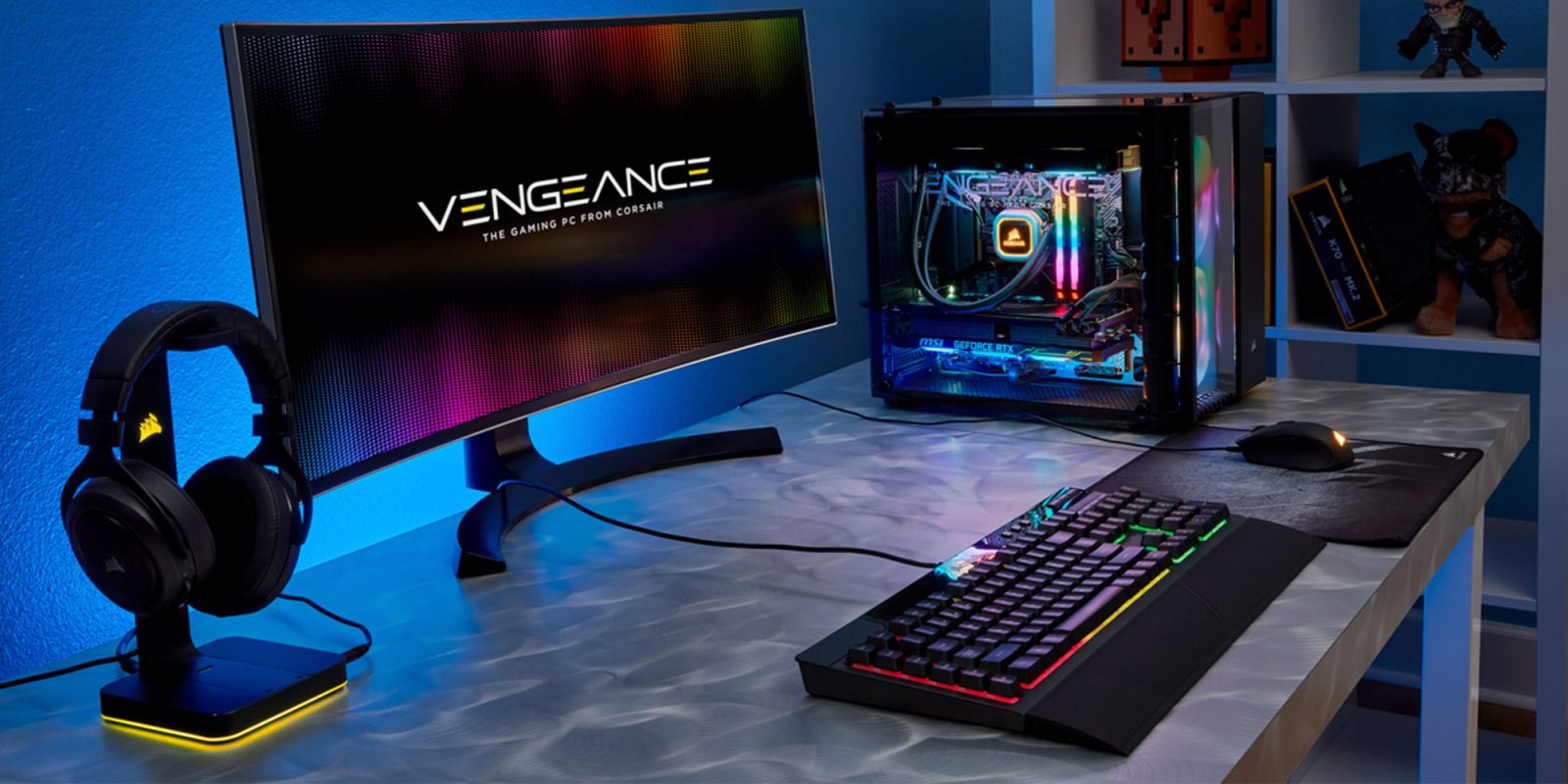System Components

System Components
The Motherboard
Embedded to the motherboard are slots, sockets and ports to which hardware devices connect. Peripheral devices plug in to the input/output hub on the rear of the computer; critical hardware, like the graphics card, central processing unit and random access memory, install to the connectors on the surface of the board, found inside the case. Modern motherboards feature integrated components, like video and sound controllers, which enable the PC to render graphics, output audio and other functions. On the board are electrical circuits that provide power to each hardware device connected to the motherboard.
CPU Processors
The CPU, also called the processor or microprocessor, carries out programming instructions. It consists of two critical components, the control unit and the arithmetic logic unit (ALU). The control unit extracts information from a storage device, like the RAM, and executes the code contained within the data. The processor uses the ALU to perform mathematical calculations and parse logical operations.
RAM Memory
RAM (random access memory), also called the system memory, contains data that the computer is using. For example, when you open an application in Windows, the program is loaded into the RAM so the CPU has fast access to the coding instructions. However, the data contained in the memory is temporary; RAM is referred to as a "volatile" storage device, as the information it holds is lost once the computer is powered off.
Hard Drive
The hard drive, unlike the RAM, is referred to as "non-volatile," because data written to the drive remains even when the computer loses power. Hard drives contain disks, or platters, to which data is written via magnetic recording. Solid-state drives are high-end storage devices that serve the same purpose as hard drives, but instead use flash memory. SSDs are faster and more efficient, but as of the date of publication, they are are also far more expensive. RAM obtains data from the hard drive; the CPU then retrieves the data from the RAM.
Power Supply Unit
The power supply unit, or power supply, as the name indicates, provides power to the computer and its devices. It connects to the motherboard, and the electrical charge is spread out to onboard devices via circuits, or traces. The power supply unit also connects directly to other hardware components, like the hard drive and high-end graphics cards, as the electrical charge the motherboard provides often is not enough to power these components.
Peripheral Equipment
Whether they're attached to the computer (as in a laptop) or freestanding, there are additional input and output units in a computer. A monitor and keyboard are needed so you can enter commands and view their results -- as well as a mouse, a small device used to point to and select items on your screen. Most computers have additional system parts, such as an optical drive that will allow you to play and record music and video.
https://smallbusiness.chron.com/components-computer-system-56328.html



